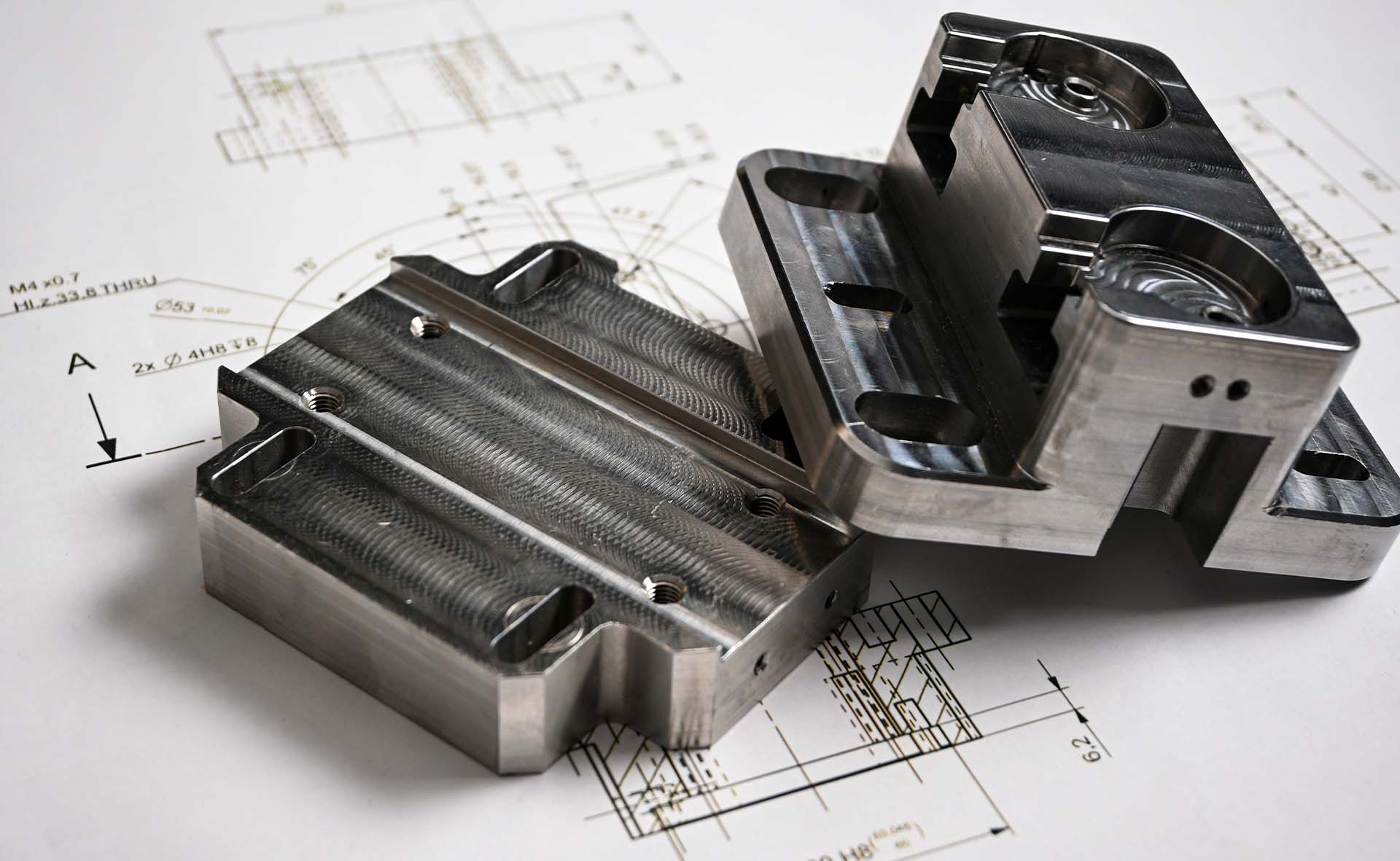There are many different 3D model file formats, and it can be confusing to know which one to use for your project. In this blog post, we will explain the differences between STL, STP, OBJ and IGS files, and tell you which format is best for your manufacturing process.

STL — The most common format for 3D printing. STL is a 3D file format whereby the model is composed of triangular mesh geometry. It is a simple format that is storage-efficient and can be easily imported into a slicing software and printed quickly.
STP — STP (.step) files are better suited for curved designs or when you need an extremely accurate model. Though STEP is more complex, it contains more information than STL files and is easier to edit and repair after being exported. STEP is also often considered the best file format for sharing 3D models as it is a neutral file type. It is worth noting that the higher the model accuracy, the larger the file.
OBJ — A file format similar to STL. A key difference is that OBJ files can store colour, texture and material information and not just solely geometrical data. It is, however, worth noting that colour and texture data are stored in a separate file, which can add to complexity.
IGS — A file format similar to STP. Both IGS (.iges) and STP files contain more detailed information than STL and OBJ files; however, IGES files are generally larger in size. So if you need to send CAD designs via email, using an STP format can often help reduce the attachment size.
STL/OBJ: 3D Printing
STL and OBJ files contain all the information necessary to 3D print a model. Although, IGS files can be edited and repaired, they are more difficult to work with than STL or OBJ files. Hence, are not typically used for 3D printing. Bear in mind that a poor-quality export will result in a poor print.
STP/IGS: CNC Machining, Injection Moulding, Sheet Metal
STP and IGS files are typically used for CNC machining, injection molding and sheet metal fabrication processes. These file formats contain more detailed information than STL files, and they can be used to create models with multiple colours and complex geometries.
STL/OBJ/STP/IGS: Vacuum Casting
The vacuum (urethane) casting process is unique in that it requires a master model made via SLA 3D printing or CNC — depending on a case-by-case basis. If the master is made with 3d printing, a .stl or .obj file is needed. If it is made with CNC, a .stp or .igs file is needed.
If you are not sure which 3D file format is needed, the safest options are STL for 3D printing and STP for all other manufacturing processes. If you have any questions about STL, STP, OBJ or IGS, or need help choosing the right file type for your project, our team of experts is always here to help.

Upload STL for 3D Printing and STEP for CNC
Partnering with HLH gives you access to a team of experts who can answer questions and help you with every aspect of the manufacturing process, from design to production. Contact Us Form today to get started.
